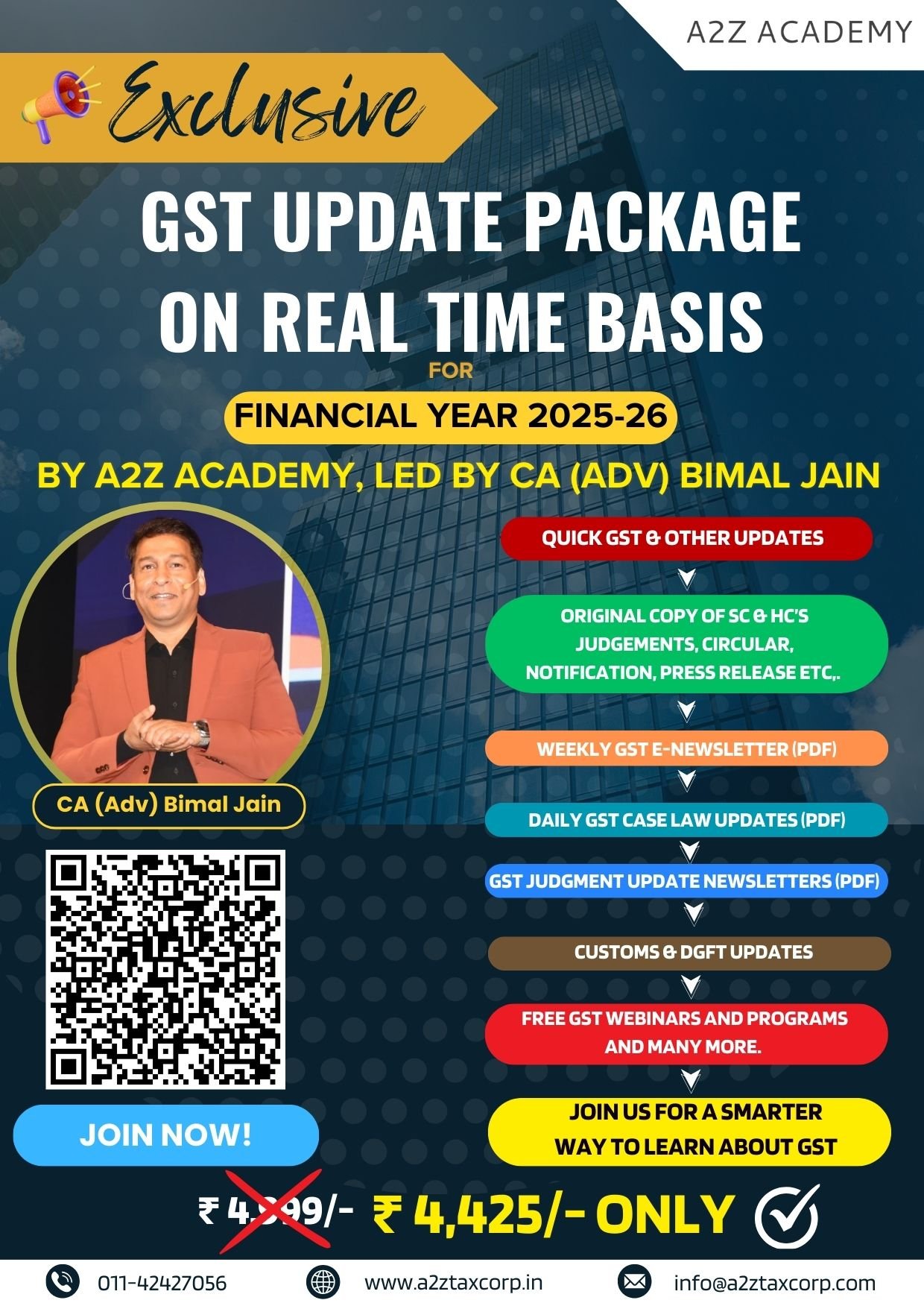
The Central Board of Direct Taxes (CBDT) has issued fresh guidelines on selection of entities and people for complete scrutiny, including cancelled NGO registrations, repeated large tax additions, and inputs from investigative agencies for income-tax returns during financial year 2025-26 (FY26).
According to tax experts, the move could cover a wide spectrum of taxpayers, from high-net-worth individuals to charitable institutions, if certain triggers are met.
Who will be scrutinised?
According to the CBDT Instruction, the following cases must be compulsorily selected for scrutiny under Section 143(2) of the Income Tax Act by June 30, 2025:
Taxpayers covered under survey operations (Section 133A) after April 1, 2023.
Entities subject to search or seizure (Sections 132/132A) between April 1, 2023, and April 1, 2025.
NGOs and institutions whose registrations under Section 12A/12AB or 10(23C) were revoked before March 31, 2024.
Cases involving specific information about tax evasion from agencies like the CBI, ED, or regulators.
Recurring additions of Rs 50 lakh+ (metros) or Rs 20 lakh+ (non-metros) in earlier years, if not appealed or upheld by tax tribunals.
“There is no way to avoid a compulsory scrutiny if your case fits the checklist in this circular,” an tax expert said.
“The taxpayer’s file will be mandatorily picked. Preparing all documents early is the best defence,” he said.
Impact on individuals, small businesses, NGOs
Another tax expert, cautions that salaried individuals and small businesses may not be exempt.
“Even cases involving small taxpayers or HNIs can be picked if credible tax-evasion information is received from enforcement agencies,” he noted.
NGOs or charitable institutions whose registrations have been cancelled should act quickly.
“They must appeal such cancellation orders before the Income Tax Appellate Tribunal or consider the writ route to prevent automatic scrutiny,” he added.
He pointed out that such scrutiny will not apply if the cancellation was later reversed in appeal.
Why are past additions targeted?
Taxpayers who have had large additions in earlier years, especially those not appealed, are again under scrutiny.
“Such cases are enforceable and often accepted, making them low-hanging fruit for the department,” Mehta explained. Notably, the monetary thresholds have doubled from last year’s Rs 25 lakh and Rs 10 lakh for metros and non-metros, respectively, to Rs 50 lakh and Rs 20 lakh.
Another tax expert noted, “Recent guidelines issued by the Indian tax department for the financial year 2025-26 underscore a heightened focus on compliance and accurate reporting. While salaried taxpayers may remain largely unaffected, those with complex financial portfolios or recurring discrepancies face increased scrutiny. NGOs with cancelled registrations are advised to maintain robust documentation to support their tax exemption claims.”
He added that the emphasis on recurring additions of Rs 50 lakh in metros and Rs 20 lakh in non-metros reflects “a strategic approach to address persistent non-compliance.”
CASS vs. Compulsory Scrutiny: Know the Difference
While many taxpayers fear notices due to Annual Information Statement (AIS) mismatches, these do not fall under compulsory scrutiny.
“CASS (Computer Aided Scrutiny Selection) uses algorithms and analytics to flag data mismatches. The current guidelines apply only to specific high-risk cases such as search, survey, or cancellation of registrations,” clarified by him.
If your return matches any of the CBDT’s compulsory criteria, scrutiny is unavoidable. Experts advise staying informed, preparing all paperwork in advance, and seeking legal recourse if needed, especially in case of cancelled exemptions or repeated additions.


